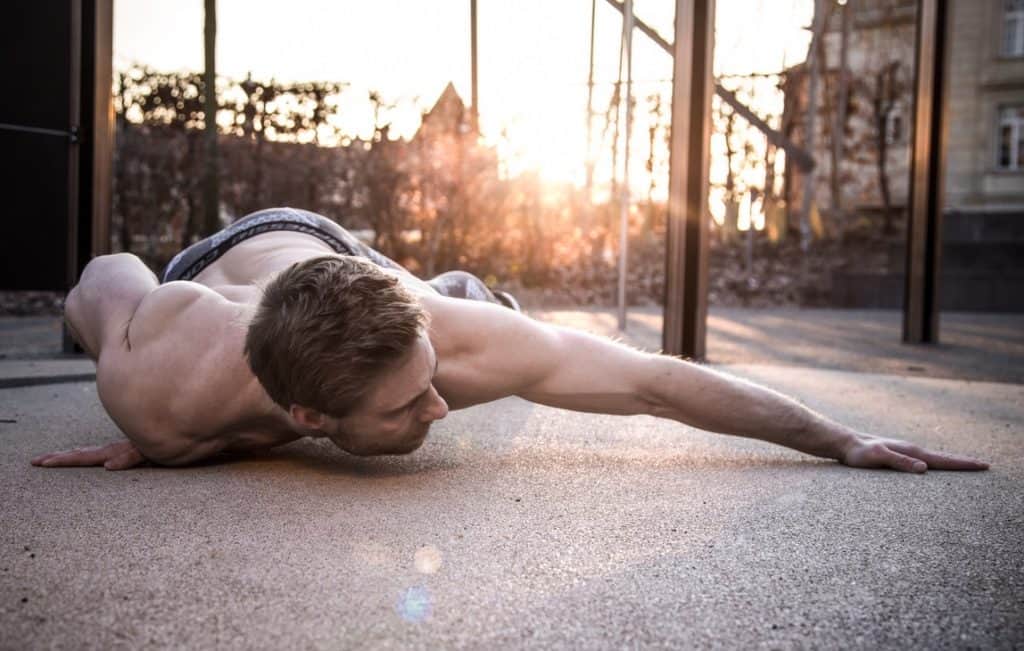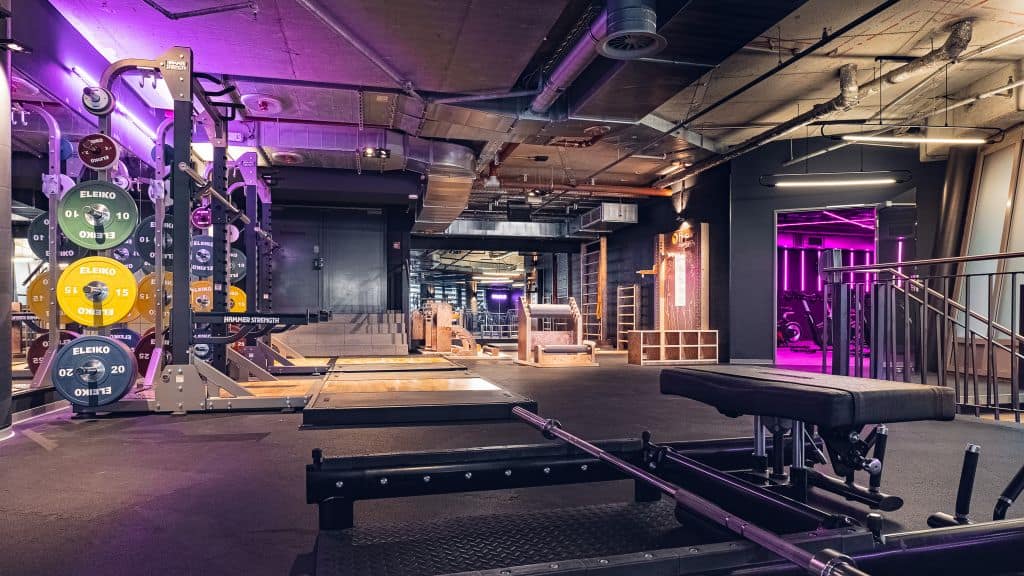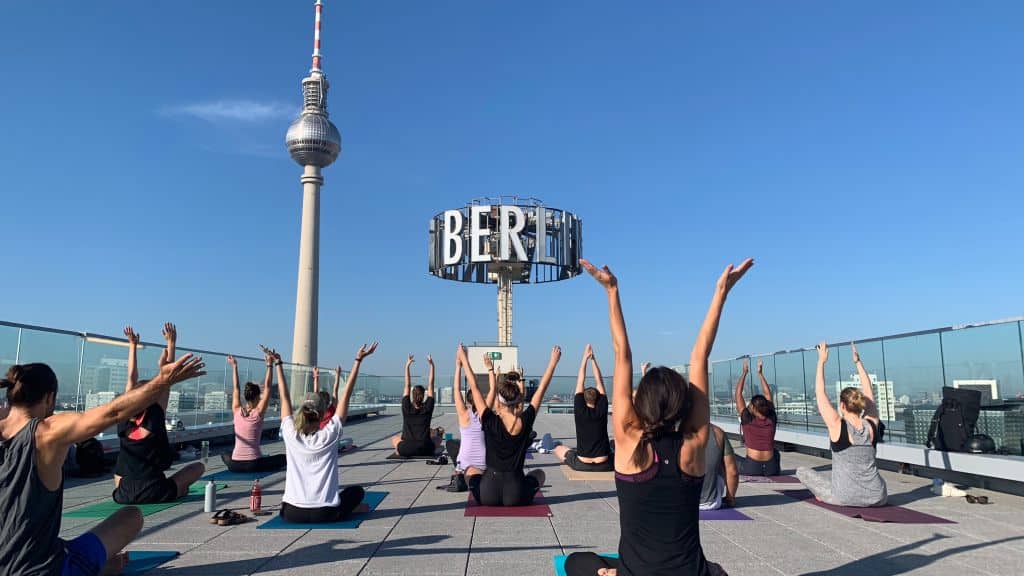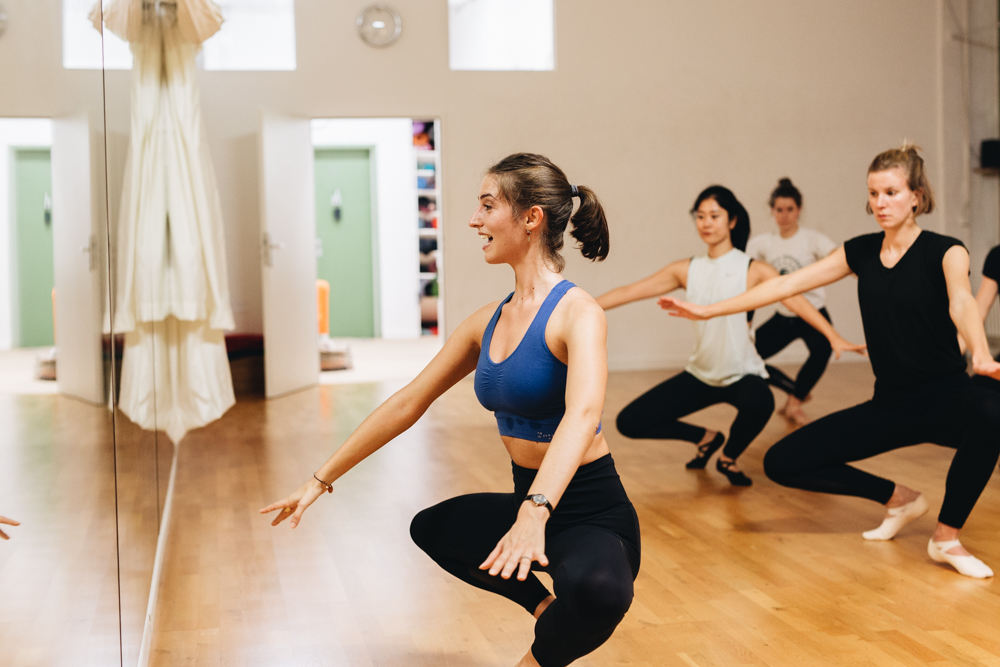When it comes to the best time to train, opinions may differ. Especially now that Live Classes give you the flexibility to absorb your workout within your everyday life. Is early morning exercise more effective than an after-work workout? Well, that depends entirely on your bio-rhythm and your fitness goals. With a B.A. in sports science, personal trainer Zimo Tam explains the advantages and disadvantages of early morning, late evening and midday workouts.
When it comes to the best time to train, opinions may differ. Is early morning exercise more effective than an after-work workout? Well, that depends entirely on your bio-rhythm and your fitness goals.
With a B.A. in sports science, personal trainer Zimo Tam explains the advantages and disadvantages of early morning, late evening and midday workouts.

Whether fitness is more effective in the morning, at lunchtime or in the evening is a question that’s never clearly answered. In the end it always depends on the personal preferences of the individual.
This article will help you find the optimal time for your training so that you can achieve the best possible results. You can get more tips on bodyweight training, balanced nutrition and motivation on my fitness blog.
Advantages and disadvantages of training in the morning
Early bird or night owl? Some of us start our day with a workout as soon as we wake up. Others find it difficult to get going in the morning.
Advantages of early morning exercise
- Exercising right away means you can tick an important job off your daily to-do list which will increase your motivation for the rest of the day.
- Training in the morning boosts your circulation and helps you start your day faster and with more energy.
- Fitness in the morning will quickly become your routine.
- In the morning there are fewer things that could prevent or distract you from training.
- Exercising in the morning and on an empty stomach will help your body effectively extract energy from fat.
Disadvantages of early morning exercise
- You’re less likely to be able to fully reach your athletic peak performance in the morning.
- There’s added time pressure as you have to go to work right away.
- There’s less athletic choice in the morning compared to the afternoon.
Conclusion on sports in the morning
Basically, the fitness activity must work with your daily routine. Habits can be changed and your natural biorhythm can always adapt to a new routine over time.
To find out how a morning workout will impact you, you should train regularly in the morning for at least 2 weeks. Listen to your body to see how you feel and test whether you train better on an empty stomach or after a small breakfast.
Pay attention to whether early-morning exercise makes you feel tired and listless for the rest of the day.
Advantages and disadvantages of training in the evening
For those who need their sleep, it’s worth doing sport in the evening. Just consider the following:
Advantages of training in the evening
- It’s a great way to relieve stress and calm down.
- There’s a broader variety of sports offerings to choose from in the late afternoon and early evening.
- Most people can reach their peak fitness performance in the afternoon and evening.
Disadvantages of training in the evening
- People who work long hours often find fitness in the evening causes additional stress.
- Exercise sessions just before bedtime can negatively impact your sleep.
- It’s more likely you’d decide not to do exercise in the evening.
- It takes a lot of energy to motivate yourself to do a workout at the end of the day.
Conclusion on sports in the evening
Exercise in the evening can help you quickly relieve the stress of the day, but it can also lead to further stress if you’ve already had a long day. However, from the afternoon onwards, you’re more likely to reach your peak performance level compared to early in the morning.
Training during your lunch break
Training during your lunch break or early afternoon should also be considered as an option for you. Here, too, it is important to find out whether training at this time fits into your daily routine and your biorhythm.
At lunchtime it’s more difficult to achieve peak performance, but a moderate yoga class, a light workout or a short endurance run can improve your circulation and get you ready for the second half of the day.
Which training time is best for you?
This depends on the individual, but the general rule of thumb is: the proof is in trying out different training times and finding out how your body reacts. If you feel tired for the rest of the day after training in the morning, you’re probably not an early riser. Maybe going to bed earlier will help you change that.
If you have trouble falling asleep in the evening after your workout, you should try to complete your workout earlier in the day or even put it off until morning.
Many people prefer to do quiet sports in the morning, such as running, swimming or yoga – the same applies to the lunch break. Intensive training sessions are better done in the early evening for most people. Late workouts, on the other hand, cause many people to sleep badly.
For an extra kick of fun and variety in your workout routine, take a look at our range of live classes. Here you’ll find thousands of courses from hundreds of partner locations in your city, your country and throughout Europe. You can choose from a wide range of activities such as yoga, HIIT, dancing, Pilates, meditation and even barre.
Pictures © Marwin Meller








